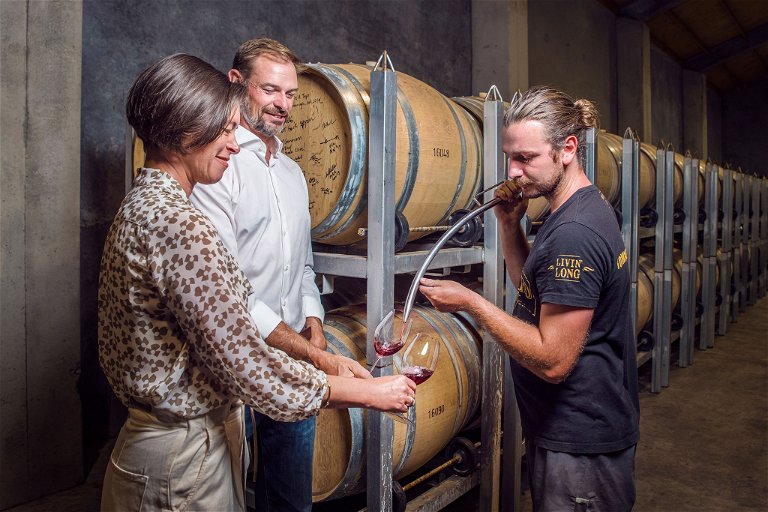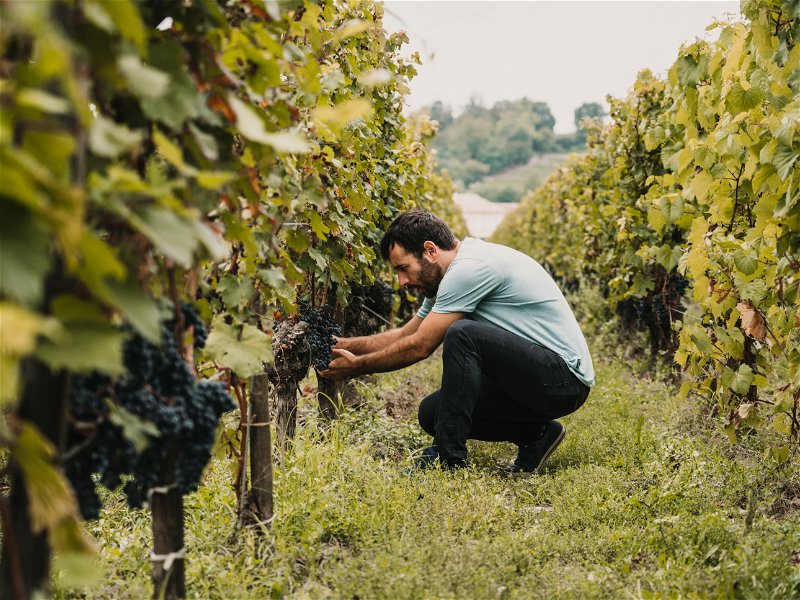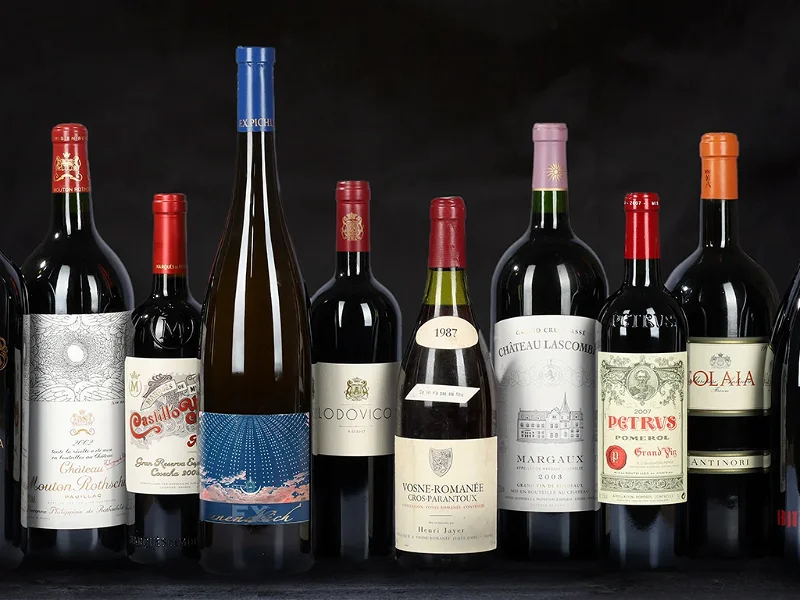What the 2023 vintage will look like internationally
The 2023 wine year proved to be extremely challenging. According to the "International Organization of Vine and Wine" (OIV), the harvest only amounted to around 244.1 million hectolitres, which corresponds to a decrease of seven percent compared to the previous year. A closer look at the world's most important wine-growing countries reveals the challenges of this year.
Spain
Heat, drought, production losses
The 2023 wine year in Spain was one of the most challenging in recent history, characterised by heat waves, drought and heavy rainfall. This led to the smallest harvest in the last six years with a decline of around 20 percent compared to the previous year, which corresponds to around 33 million hectolitres. Spring was the hottest and second driest since 1961. The effects were particularly extreme in Catalonia, with an average crop reduction of 30 percent and even 50 percent in Penedès.
The grape harvest began earlier due to the heat, especially in the southern regions. Despite the challenges, there are also positive aspects, such as in Galicia, where higher harvest volumes are expected. However, this does not compensate for the loss of production in key regions such as Castilla-La Mancha, where production fell by more than 20 percent. In Rioja, heavy rainfall and high temperatures led to botrytis and a stop to the harvest in some places. In Ribera del Duero, on the other hand, the conditions were milder, which led to optimal ripening of the grapes.
The smaller harvest could be beneficial for Spain's wine industry in order to reduce the overproduction caused by inflation, a good previous year's harvest and full warehouses after the pandemic. Supply pressure could decrease, particularly for Spanish red wines.
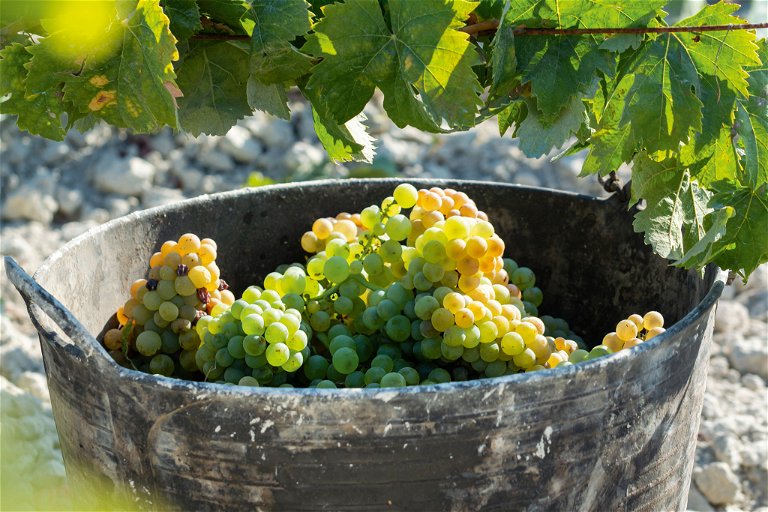
Portugal
Good start, difficult end
In Portugal, 2023 was characterised by weather challenges, but these did not lead to significant crop losses. Originally, a harvest increase of eight percent was expected, due to a mild summer that favoured earlier ripening. However, weather instability and rain during the harvest led to lower yields than expected, with early harvesting preventing major losses in some regions.
In the Douro region, where previous years were characterised by heatwaves and droughts, 2023 was more pleasing thanks to sufficient rainfall and moderate temperatures in summer. Heavy rainfall towards the end of the harvest posed challenges, but producers are satisfied with the quality of the wine, especially from the Cima Corgo sub-region.
In the Alentejo, frost in spring led to losses, but optimal conditions for grape ripening followed, despite a heatwave in August. High-quality wines were produced, especially from grape varieties with a longer ripening period. In the Vinho Verde region, high humidity posed a problem and increased fungal pressure, but good quality wines are still expected.

Argentina
Record losses due to frost
Argentina's winegrowers experienced a rollercoaster of emotions with the very strange wine year of 2023. At the end of October and beginning of November, icy air masses from the Arctic hit most of the wine regions, where the vines had already sprouted. And the year had even more misfortune in store. The result was the smallest wine harvest since records began in around 1960. On the other hand, the Janus-faced vintage also produced spectacular results in terms of quality. Because the cold coming from the south did not reach the highest steep slopes in the Uco Valley, the best Malbec grapes from Gualtallary and Los Chacayes produced rare top wines in 2023. The late frosts were followed by a prolonged dry period, accompanied by high temperatures. Even if the lack of quantity hurts, the leading oenologists and winegrowers report outstanding quality. And this applies to Chardonnay, Pinot Noir, Merlot as well as Malbec. Word has already got around and consignments are already being secured.
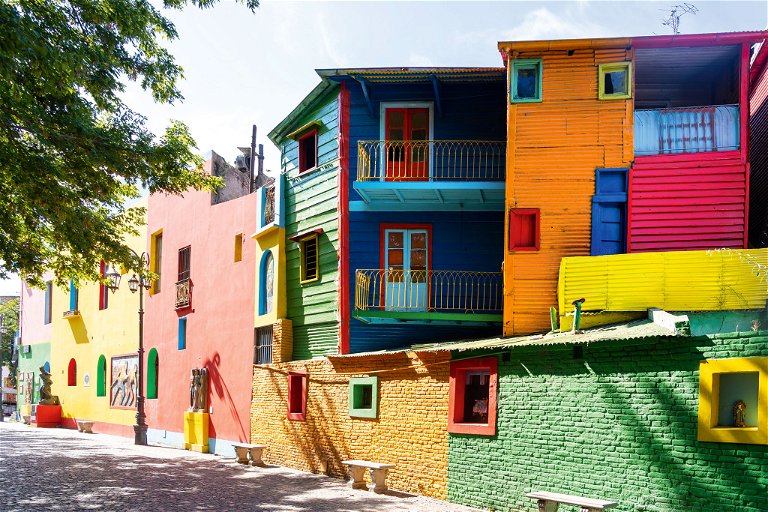
California
A cool, late-ripening year with top wines
Around 80 percent of the wine produced in the USA comes from California and winemakers here are celebrating the new 2023 vintage as outstanding. Abundant winter rainfall nourished the soils, promoting bud break and healthy leaf growth, while cooler spring and summer temperatures throughout California allowed for gradual grape development and additional ripening time.
A late harvest resulted in one of the best vintages in a long time and wines with wonderful aromas, lively acidity and remarkable balance. The harvest was between two weeks and a whole month behind the normal time, in some cases until the end of November. Many varieties reached maturity at the same time. Volumes were five to 15 percent higher than in the previous year. The Merlots show early flavour development, balanced sugar levels and fresh acidity. Hearty tannins and complex aromas are the hallmarks of this year's Cabernet Sauvignon. The 2023 red wines reflect the cooler vintage, they are elegant and clear, with balanced alcohol and precise varietal flavours.
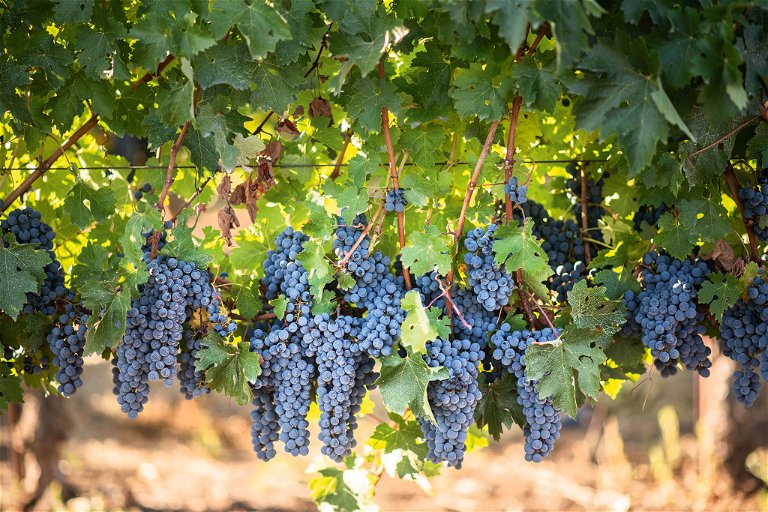
Chile
Heat, fire, cold - La Niña had it all
The weather phenomenon La Niña usually means cool conditions in Chile, but not this time. This time, temperatures in the Central Valley reached their highest levels for over 70 years, which was clearly felt by the vineyards. Only the plants near the Pacific Ocean were spared from the heat. In the end, the harvest volume was not quite ten million hectolitres, which was a whopping 20 percent down on the previous year. Thanks to a good water supply to the soil in winter and a frost-free flowering phase, the summer got off to a very good start, but some winegrowers were then surprised by the high temperatures, and in the very south there was also damage from forest fires. Depending on the situation, the grapes ripened faster in some cases and with a delay in the cooler zones, which makes the picture of 2023 rather inhomogeneous. Fresh Sauvignon Blancs and Chardonnays as well as top-quality Pinot Noirs come from the coastal regions. From the central region, these are ripe reds; juicy Cabernets with astonishing freshness and fruit.

South Africa
Small quantities, back on the road to success
South Africa is now the ninth largest wine producer in the world and produces around four percent of the world's wine. The 2022/2023 season will be remembered for the dry and rather warm winter and the generally good growing conditions during the vegetative growth phase. At the same time, the ripening period was cool and damp. The grapes ripened optimally at a slower pace. Smaller berries, created by the dry conditions during cell division and cell enlargement, resulted in excellent flavour and colour profiles. Producers are particularly pleased with the excellent colour extraction, the low pH values and the high natural acidity. Compared to other vintages, the 2023 harvest is comparable to 2014, 2015, 2018, 2019 and 2021. Those were also very cool years. In 2023, the quantity was 14.2 percent below the previous year, but the quality is above average in most cases thanks to the cooler growing season. With a smaller harvest, excellent quality wines and a market that has turned into a seller's market, the South African wine industry is well positioned post-COVID.

Australia
Little wine, but with charm and elegance
A third consecutive La Niña event brought the wettest year since 2011 and it was also Australia's coolest year since 2012. Persistent winter and spring rainfall in large parts of south-eastern Australia made access to vineyards difficult and caused flooding in some regions. The cool, damp conditions in spring and summer in some regions also led to lower yields, delayed ripening and problems with disease control.
The 2023 Australian wine vintage is estimated at 1.32 million tons, 26 percent below the 10-year average and the lowest level since 2000. Of the five top varieties, Shiraz and Sauvignon Blanc increased their share of the total harvest, while Cabernet Sauvignon, Chardonnay and Merlot lost share. Sauvignon Blanc became the fourth largest variety, displacing Merlot. Shiraz was the largest variety with a harvest of 346,156 tons, a decrease of 20 percent compared to 2022. Chardonnay was the second largest variety with 253,887 tons and the largest white variety, a decrease of 29 percent compared to 2022.
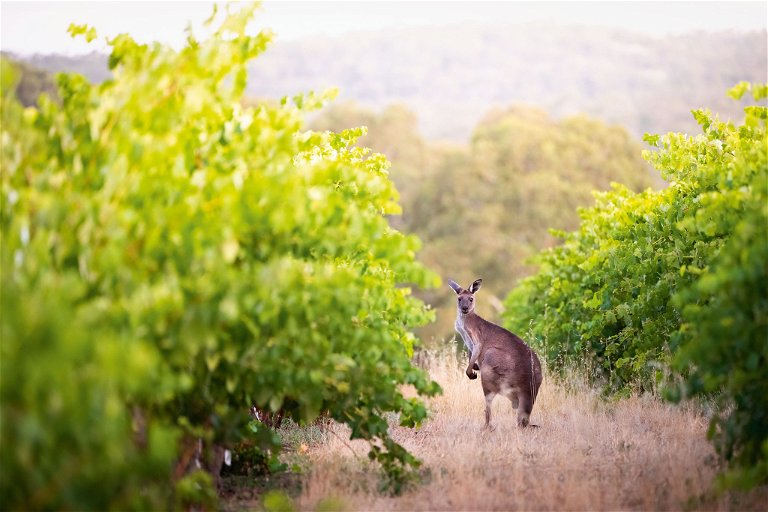
New Zealand
The Sauvignon Blanc miracle
On the South Island, the 2023 vintage turned out to be excellent all in all and was very well executed by the winemakers, who benefited from the better weather conditions in which they were able to complete their harvest. On the other hand, the unprecedented wet weather caused producers in the growing regions of the North Island a lot of trouble. But despite these challenges, in the end they were largely very satisfied with the quality of the 2023 harvest.
The winemakers' commitment to producing premium quality wines ensures that consumers will continue to enjoy the distinctive wines they know and love. "The inclusion of Hawke's Bay in the list of the twelve great wine capitals of the world is of regional and national significance and shows that while New Zealand's wine industry is still young, we offer a quality that rivals the oldest in the world," says Philip Gregan of the New Zealand Winegrowers. The harvest volume in 2023 was only 6 percent below the record level of 2022. New Zealand is the sixth largest wine exporter in the world in terms of value, with only 1 percent of global production.
